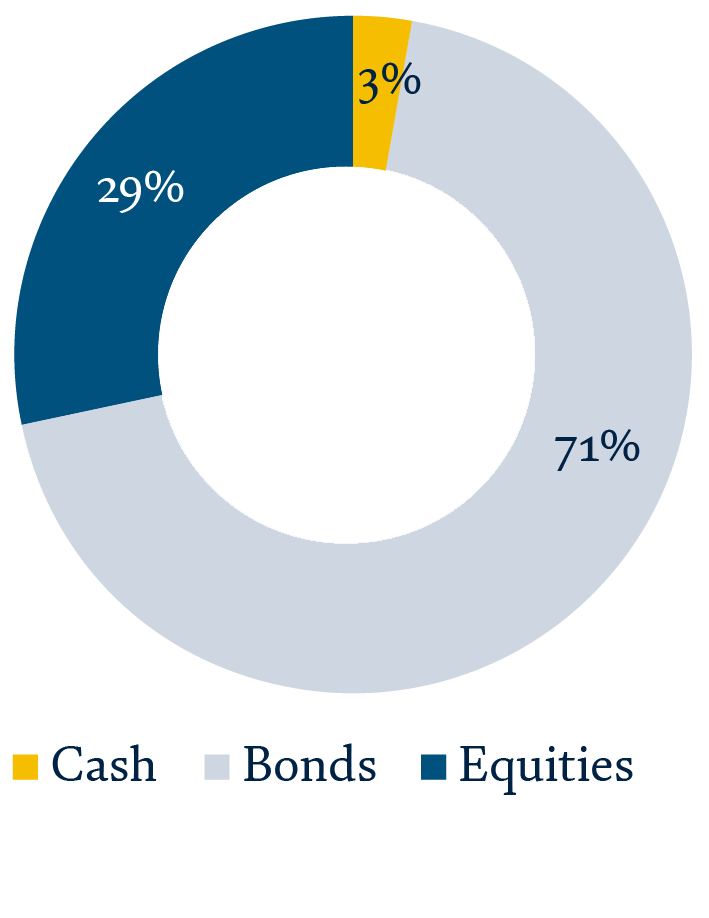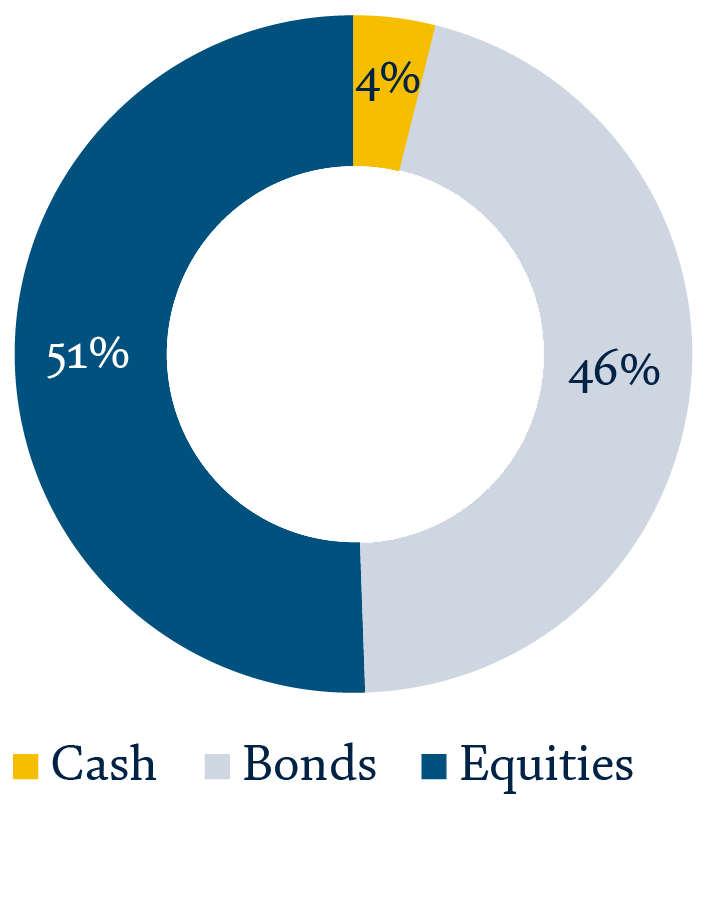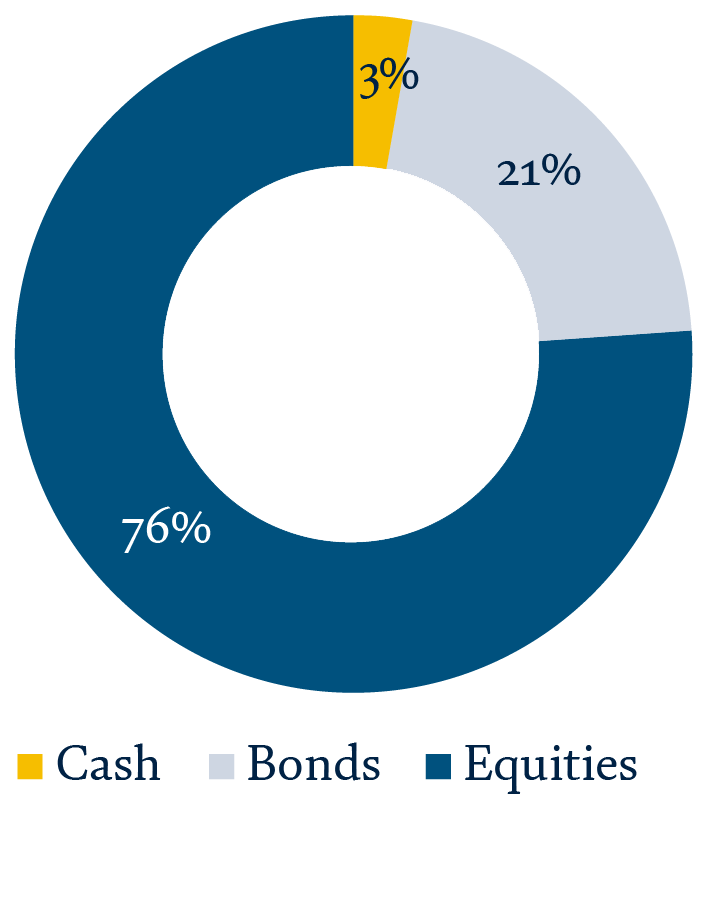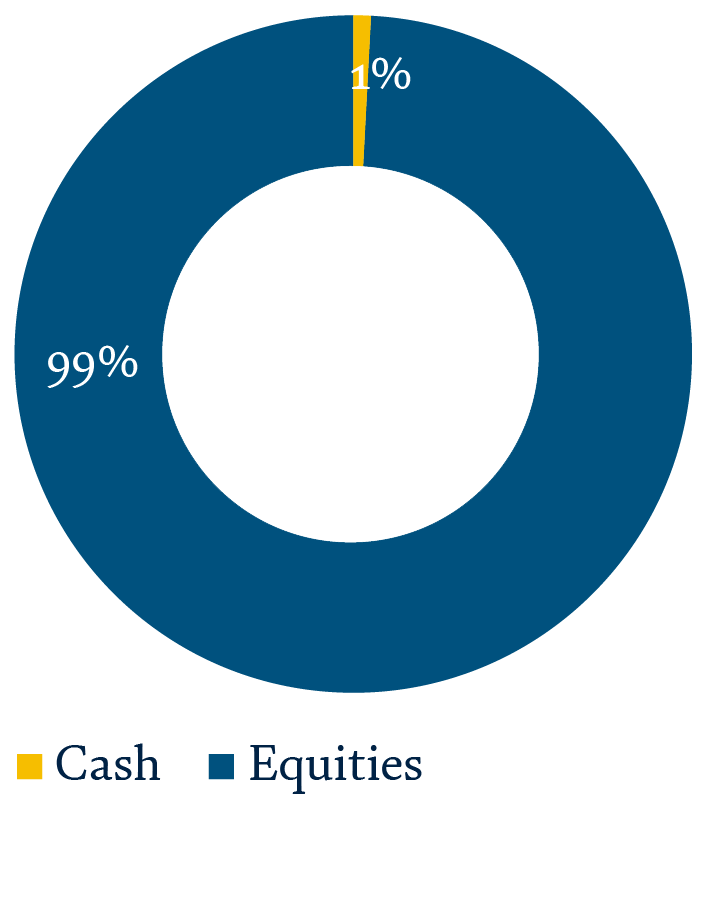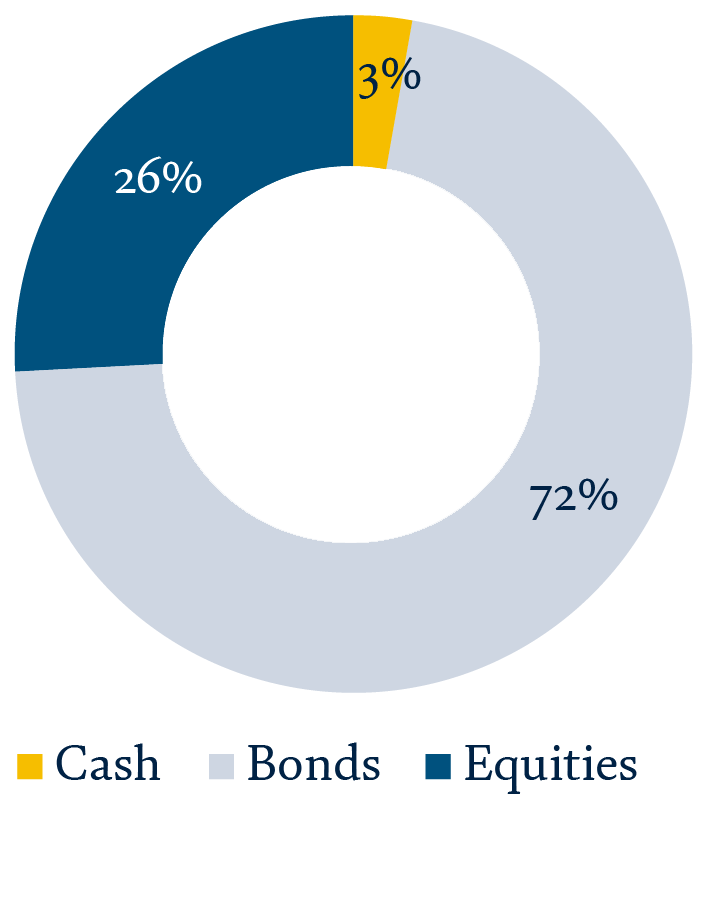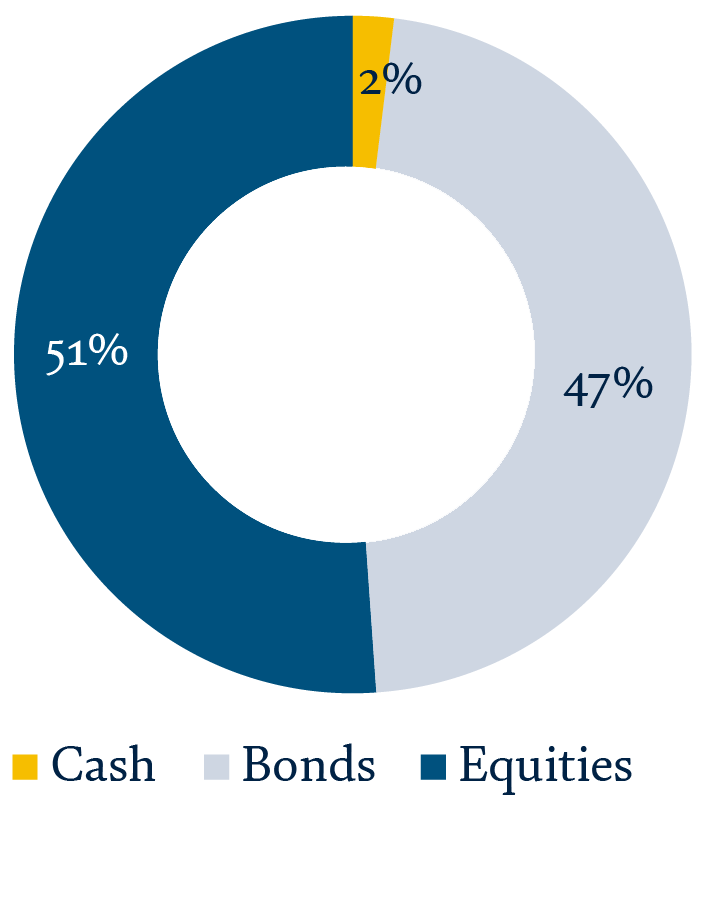The longer you are in the market, the more time you have to make the most of its performance and give your money the best chance to grow.
Invest for a long time
Invest regularly
By regularly adding to your investment portfolio, you’ll be able to closely manage your life goals and plan your finances in line with these over time.
A managed portfolio
Coutts asset managers constantly monitor markets worldwide and move portfolios accordingly, aiming to make sure they are well placed to take advantage of opportunities and to avoid undue risk. Diversification could help avoid risks without necessarily sacrificing future upside.
Invest with sustainability in mind
We all want to invest today for the world we want to live in tomorrow. Our equity investments are made within sustainability criteria to ensure that your investments are part of the solution and not part of the problem. This is profit with real purpose. We see long-term sustainable investing as a critical investment trend for this decade. As of 30 September 2021 our balanced discretionary portfolio has a carbon intensity that is 14% lower than its benchmark (Coutts, Morningstar/MSCI, September 2021).
